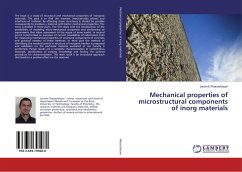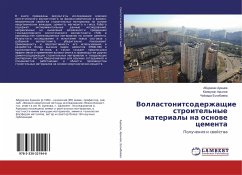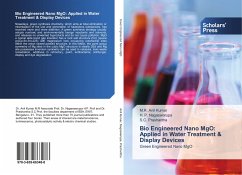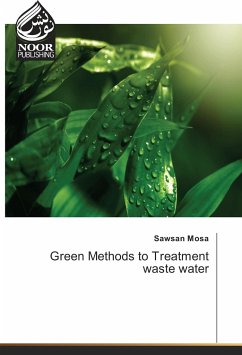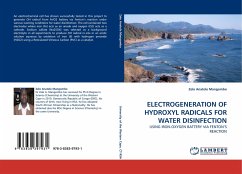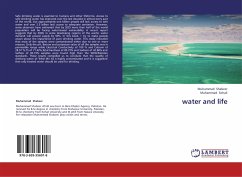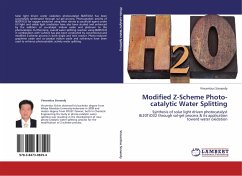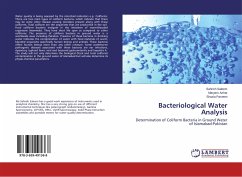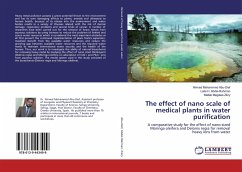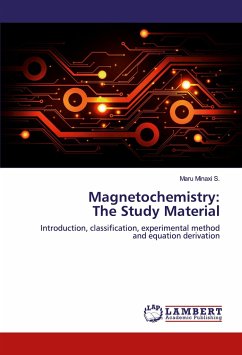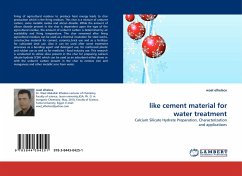
like cement material for water treatment
Calcium Silicate Hydrate Preparation, Characterization and applications
Versandkostenfrei!
Versandfertig in 6-10 Tagen
32,99 €
inkl. MwSt.

PAYBACK Punkte
16 °P sammeln!
Firing of agricultural residues to produce heat energy leads to char production which is the firing residues. This char is a mixture of unburnt carbon, some metallic oxides and silicon dioxide. While the amount of silicon dioxide present in the char is dependent upon the type of the agricultural residue, the amount of unburnt carbon is determined by air availability and firing temperature. The char remained after firing agricultural residues can be used as a thermal insulation for steel works, constructive material for cement, ceramics,brick use and as a fertilizer for cultivated land use. Als...
Firing of agricultural residues to produce heat energy leads to char production which is the firing residues. This char is a mixture of unburnt carbon, some metallic oxides and silicon dioxide. While the amount of silicon dioxide present in the char is dependent upon the type of the agricultural residue, the amount of unburnt carbon is determined by air availability and firing temperature. The char remained after firing agricultural residues can be used as a thermal insulation for steel works, constructive material for cement, ceramics,brick use and as a fertilizer for cultivated land use. Also it can be used after some treatment processes as a bonding agent and detergent use; for reinforced plastic and rubber use as well as for medicine / food industry use. This research is conducted to utilize silica present in this char for preparing calcium silicate hydrate (CSH) which can be used as an adsorbent either alone or with the unburnt carbon present in the char to remove iron and manganese and other metallic ions from water.



